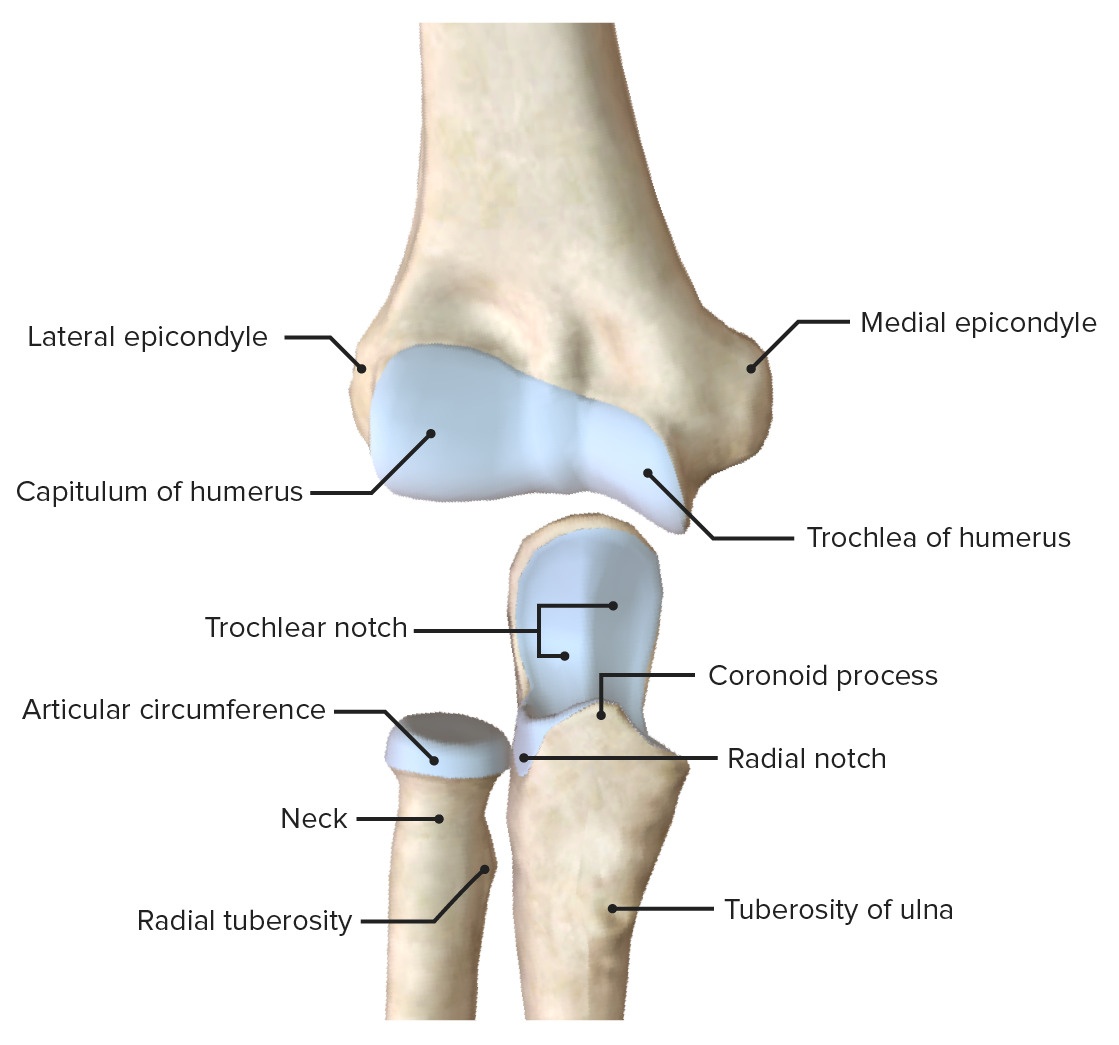
Of course, the two bones are kept together in a living body not only by the membrane capsule and the synovial fluid but also by the tissues around the bones. This negative pressure in the joint continues to work even after death. The hermetically sealed membrane capsule in this paradoxical fashion aids the tight joining while it ensures the slight separation. For this reason, air pressure pushes the bones together tightly into the capsule while the fluid keeps them from actually touching. The interior of a synovial joint has negative pressure in relation to air pressure.

This synovial fluid is in a sense the equivalent of the motor oil which lubricates moving parts of an automobile engine. But the gap between the cartilage surfaces is not a vacuum and is not filled with air. Inside this membrane capsule, there is a short distance between the cartilage of one bone and the cartilage of the other, because even cartilage rubbing directly against cartilage would produce wear and tear. For the sake of simplicity, the following example discusses a joint with only two bones. A membrane hermetically seals two (or more) bone-ends with their cartilage, enclosing them in a kind of living capsule.

An engineer designing a mechanical counterpart would arrange for lubricating oil to prevent such wear and tear and facilitate smooth movement between the two metal "bones." A joint thus joins bones together (indeed, it is called a "joint" because it "joins" them) but also keeps them slightly separated to prevent their damaging each other in motion.Ī kind of cartilage special to joints covers the ends of the bones being joined. If the bony surfaces of two bones which meet at a joint actually touched each other, then motion would cause friction that would soon produce wear and tear on the touching ends of the bones. (A synovial joint is the living material that holds two or more bones together but also permits these bones to move relative to each other.) A more precise interpretation of the international Latin anatomical term for the gliding joint would be "joint that joins flat bony surfaces." The wrists have good examples of gliding joints (as well as joints of other types).

A gliding joint is a synovial joint in which the bony surfaces that the joint holds together are flat, or only slightly rounded.


 0 kommentar(er)
0 kommentar(er)
